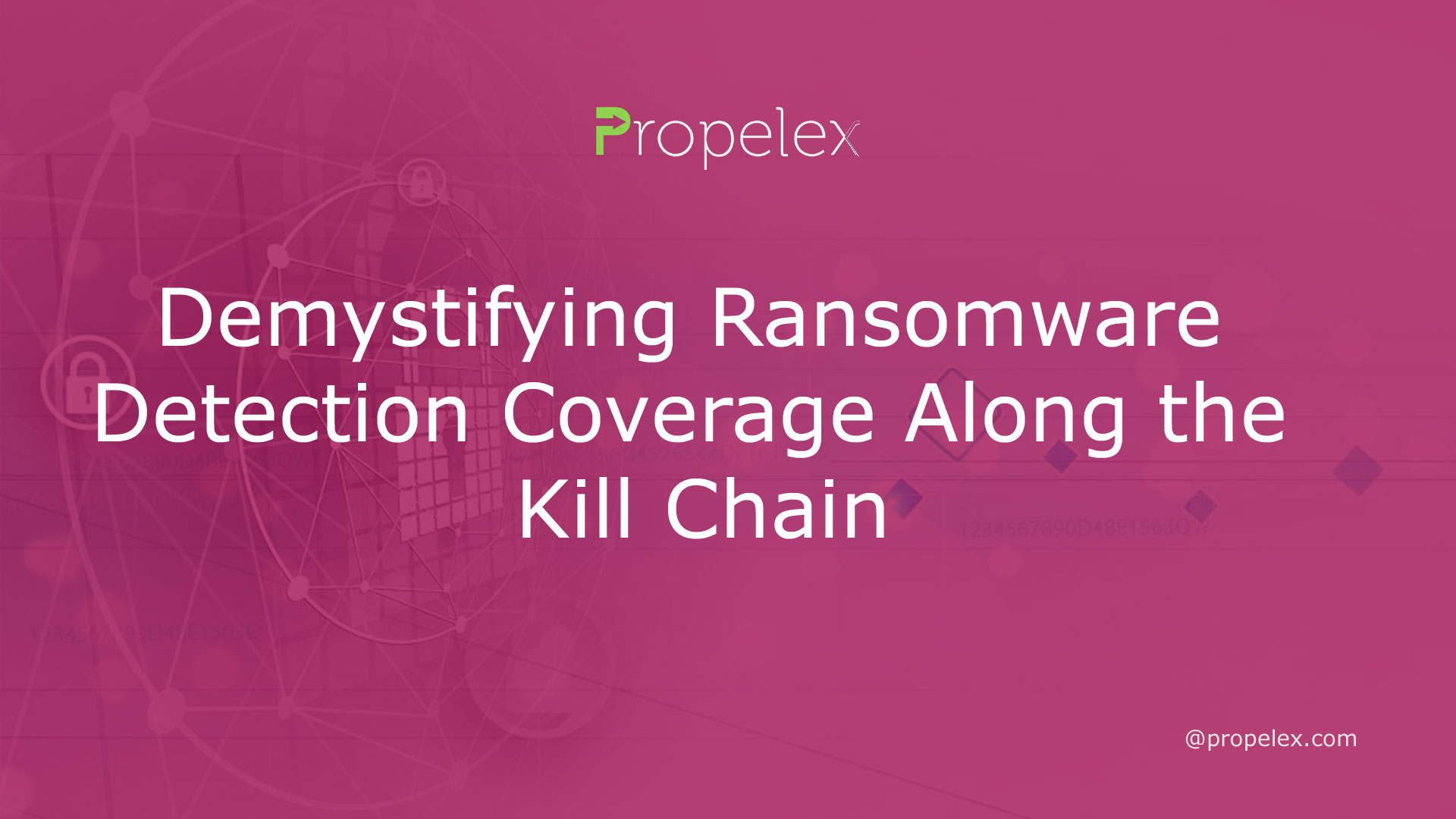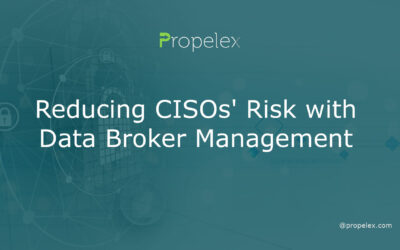If you’re an IT security professional looking to better understand how to detect ransomware, then read on to learn about demystifying ransomware detection coverage along the kill chain. Specifically, this article will focus on identifying high-impact and common tactics, techniques, and procedures based on current ransomware trends and historical data.
DarkSide
In August 2020, a new ransomware family, called DarkSide, surfaced in the wild. The malware has since affected at least 90 victims across the globe, including companies in several sectors. Its creators have made a name for themselves by targeting critical infrastructure. The group has incorporated several time-tested techniques, such as phishing, into its operations.
The newest version of DarkSide encrypts data using two different encryption techniques. The first uses the ChaCha20 stream cipher with RSA-4096 on Linux, and the second uses Salsa20 with RSA-1024 on Windows.
The ransomware also encrypts any local files. This step ensures that the files are not restore. However, it also makes the system unusable. The malware then deletes shadow copies. This is the riskiest step in the ransomware execution process.
VEINS-coded attacks
Modern ransomware not limited to one device or network. They can spread across the enterprise en masse, leveraging legitimate off-the-shelf tools and a well-trod path of least resistance.
There’s no doubt the best way to prevent a ransomware attack is to patch up. A hardened configuration and hardened operating system will give your organization the protection it needs. In the event of an attack, however, there is a need for more than just a protective barrier. Aside from protecting systems and networks, organizations also need to sanitize configurations and harden their backups.
In addition, modern malware families don’t make the same mistake as the first generation of ransomware. While older solutions may offer the latest in antivirus technology, they are unlikely to detect more novel attack vectors. The simplest way to detect such anomalies is by using an AI solution that is capable of self-learning and detecting the most unusual events in real-time.
CAN-based IDSs
The cyber kill chain is a multi-phase process that includes phases such as malware prevention and malware detection. It is especially important as organizations migrate to the cloud. Each phase is a chance to stop a cyberattack before it happens.
There are several methods to detect and mitigate Ransomware. However, current solutions are reactive in nature. This puts organizations in a risky game of cat and mouse.
One technique involves detecting Ransomware before it has detected by other industry standard solutions. This requires tools that can handle large log data. Researchers have developed tools to do just this.
This type of tool uses a combination of dynamic analysis and pattern extraction algorithms. It records system calls made by suspected Ransomware. The resulting information fed to a probabilistic supervised Ransomware classifier. It then extracts complex features of the sample run.
Identifying high-impact and common tactics, techniques, and procedures based on current ransomware trends and historical data
Ransomware is a type of online attack. It encrypts files or data on the victim’s system, and demands payment in the form of cryptocurrencies. The attacker is typically anonymous.
While ransomware has been around for years, it has recently grown in sophistication and in number. It is now a major problem affecting businesses, hospitals, and even emergency rooms. It is also gaining ground amongst the at-home workforce.
Ransomware is one of the strongest cybercrime business models today. It can extort hundreds of thousands to millions of dollars. Its popularity driven by the ability to encrypt data. It is a crime model that has harmed organizations across the globe.
To combat ransomware, organizations need to know where to look for high-impact and common tactics, techniques, and procedures (TTPs). This information can derive from recent trends and historical data. The information can use to determine the primary targets of an attack and to develop mitigations and response plans.
Managed detection and response (MDR)
A Managed Detection and Response (MDR) service is a security technology that enables businesses to react to threats and keep their systems secure. These services can help organizations avoid costly data breaches and mitigate risks caused by advanced persistent threats.
MDR combines the newest technology and techniques to detect, respond to, and prevent attacks on the enterprise. It is design to address key security challenges facing small and medium-sized enterprises. By automating the most basic response measures, MDR saves businesses time and money.
MDR also provides an integrated solution, incorporating EDR tools into a security implementation to ensure timely responses to threats. As security teams sift through an overwhelming volume of alerts, MDR can minimize the number of false positives and focus resources on suspicious alerts.









